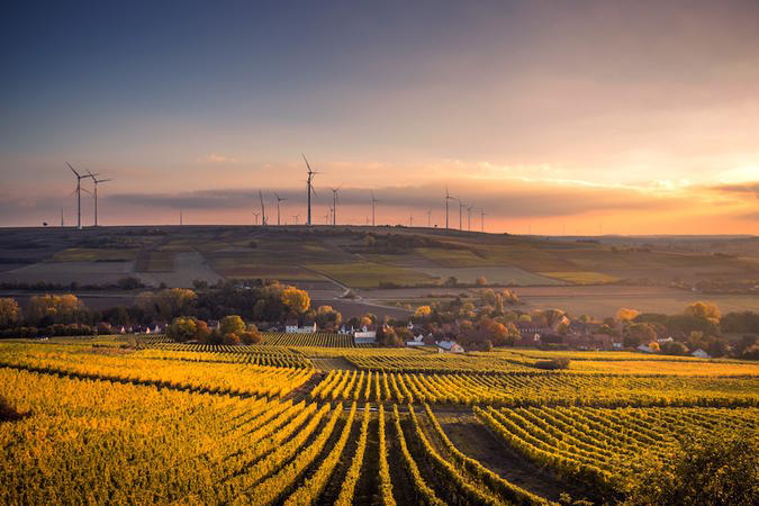The energy infrastructure that we inherited from the 20th century is one dominated by fossil fuels and uranium, mined in relatively few localities in the world. The distribution and refining of these fuels is tightly held by a few large corporations. Electricity generation typically occurs in plants that hold local or regional monopolies, with vast profit potential. While gasoline is burned in millions of vehicles, the distribution system remains within the control of a few corporations, which often have regional or national oligopoly or monopoly control. The environmental impacts of the energy industry are staggering. It is high time for change.
On the positive side, the need for change to a 21st century energy system based on renewable sources of energy is widely recognized, the necessary technologies exist (and are often cheaper than conventional forms of energy provision), and considerable progress has been made. We can build locally-based renewable energy infrastructures. Renewable energy from the sun, wind, water, organic waste, and geothermal heat can be found everywhere on the planet. Hence, every city and town can make use of available renewable energy sources that offer economic opportunity and enhance resilience in the face of global economic crises and environmental change. On a regional level, localities can exchange energy in order to even out seasonal or daily imbalances in supply and demand.
A locally based vision of renewable energy generation could eliminate global- or national-level domination of the energy infrastructure by a few large players, and thus the concentration of profits in the hands of a very few. It could also reduce our greenhouse gas emissions to very low levels, comparable to the emissions before the industrial revolution. But the local orientation alone would not ensure that the benefits would be shared among all sectors of the local population, and therefore it would not guarantee widespread and active support. This is where sharing solutions come in. Shared energy infrastructure means that people together own and operate both the distributed energy generation facilities and the infrastructure to deliver that energy from where it is generated to where it is used.
In a sharing vision of a local renewable energy system, many households will generate their own renewable energy (as in solar photovoltaic or solar thermal systems on their rooftops), but many more, for whom this is not an option, will share in the ownership and operation of off-site renewable energy generation infrastructure such as wind turbines. The distribution systems by which energy is delivered to households will belong to cooperatives, municipalities, or trusts that are accountable to their customers and therefore do not take advantage of the potential of supply monopolies to generate economic rents (unearned income, extraordinary profits). The energy infrastructure is built by companies controlled by their employees, ensuring equitable sharing of the economic benefits. The construction and maintenance of this entire infrastructure is financed in such a way that it benefits the producers and consumers (and often prosumers — people who both produce and consume what they produce), rather than simply providing growth opportunities for the finance “industry.” Consumers use their buying power to ensure that they obtain renewable energy that is produced under fair conditions.
All the elements of this locally-based, sharing vision of a renewable energy infrastructure already exist. Some have even been brought to considerable scale, as for example in Denmark, where a large proportion of the wind energy generation is accomplished by local wind cooperatives. The challenge is to bring all these elements together into mutually supportive networks, and to establish such networks essentially everywhere.
In many countries, much of the grid is owned by municipal authorities, which is an excellent solution as long as democratic accountability of these authorities is ensured. Unfortunately, there has been a trend in recent years to privatize electric distribution grids, on the basis of the argument that private control is automatically more “efficient.” However, this argument is only valid if there is true market competition, which is not the case in most energy distribution systems.
In this context, the best way to ensure that a business serves its customers is for the customers to take over the business. There are different models to do this: in rural areas — as in much of the U.S. — rural electric cooperatives have long played a large role in running the local grids. In large urban areas, however, this model has not been as successful. At the urban scale, municipal ownership or trusts are more prevalent.
Finally, it is important that the workers installing all this equipment get a good deal — and this works best if they themselves own their own companies and make the important decisions. The challenge now is to bring all these elements together and help them to grow, in order to build an energy infrastructure that allows all of us to live well, while ensuring good living conditions for all the other species on this planet.
This article is cross posted with permission from Shareable.net.





